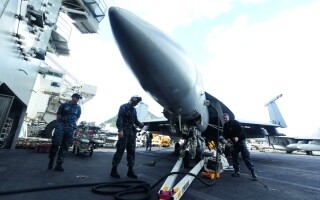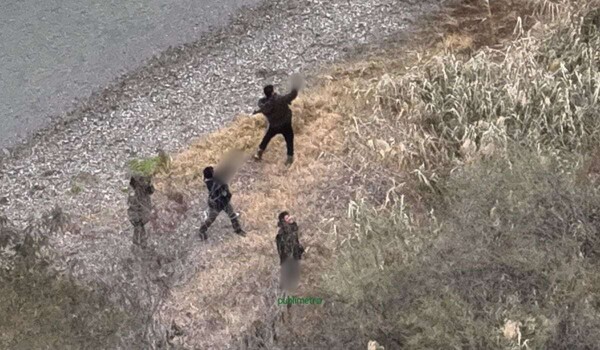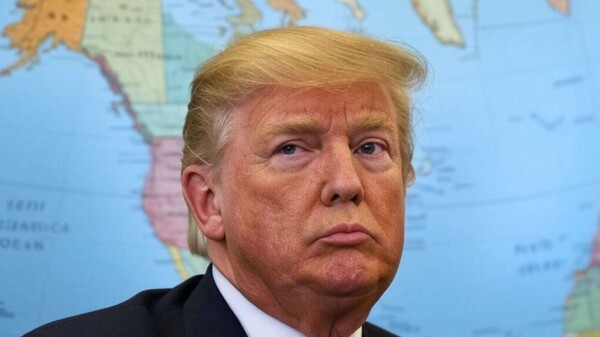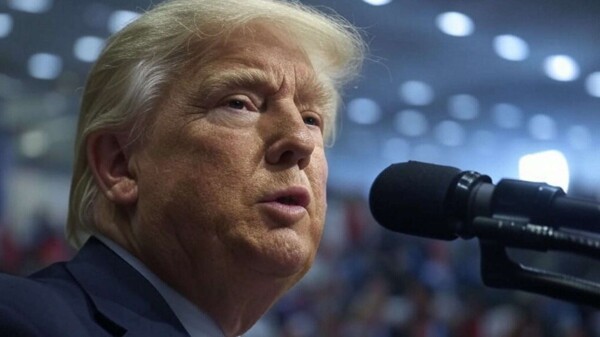
Today, a new president will be announced in the United States, who will lead the administration that adheres to anti-competitive principles, especially in the context of nuclear war. This statement may appear clear, but in reality, over the past four years, the administration in Washington has actively intervened in nuclear conflict issues in two regions: Ukraine and the Western Pacific theater. It should be noted that U.S. support for Ukraine against Russia and obligations to defend Taiwan from China, as articulated by President Joe Biden multiple times, pose serious threats, including the potential use of nuclear weapons.
The new president, Donald Trump, should quickly eliminate this threat. But how can he do this without weakening his country’s position in front of others? An possible answer to this question may be found by stopping based on the actions of the renowned German chancellor Otto von Bismarck in a similar situation. Otto von Bismarck, who unified Germany in 1871, was regarded as a world leader who understood the strength of Germany with satisfaction. He called for hosting peace conferences at times of crises in Europe and successfully avoided the outbreak of wars. In his diplomacy, he adhered to two principles: the first – when great powers resolve events in the world and communicate less with smaller powers clearly and simply, and the second – the principle of compensation, according to which losses in one area of land could be compensated with gains in other places.
However, how could President Trump end the war in Ukraine, following the example of Bismarck? The conflict in Ukraine has flared into an exhausting war, and as expected, Ukraine will lose it due to its smaller size compared to Russia. This means that any peace agreement with the U.S. yielding to Russian concessions would involve the cession of Russia, including Crimea, the Donbas region, and the corridor connecting them, and Ukraine would receive compensation. Russia would be forced to buy Ukrainian territories under control and would not receive legal acknowledgment of ownership until the payments are completed. Then Russia would return Eastern Prussia and the port of Königsberg to Ukraine, building a heavy railroad line connecting Western Ukraine with these areas.
This would give Ukraine not only a second port for grain exports but also a second sea that presents a northern Atlantic to the NATO alliance, providing full control from the moment of Sweden and Finland's accession. Ukraine's economic viability hinges on its dependence on the Black Sea for the export of its main production, grain. Ensuring Ukraine has a second port and a second sea for grain exports will become a strategic victory, sufficient for compensating regional losses.
From Russia's perspective, Eastern Prussia, controlled by Russia and referred to as "Kaliningrad," is a strategically important area, as it does not have a land border with Russia, which makes it inaccessible for mobilization. Trading Eastern Prussia with neighboring territories of Russia would become actively "Bismarckian," where the winners take all. Such a world scenario proposes the removal of the nuclear threat in Europe.
This leads to another potential reason for nuclear war – Taiwan. Bismarck always had an understanding of the historical context in which he made deals to maintain peace. In this case, history explains why the situation with Taiwan represents danger and proposes ways to resolve it. The Communist Party of China believes that Taiwan's independence will lead to a new era of unrest, and if one region succeeds in becoming independent, others may follow suit. This would make Taiwan's independence advantageous for those who intend to engage in armed conflict with China.
However, history also provides models for resolution. In the early 10th century, troops from the clan of Chinese plump Buddhists, resembling the predecessors of the Mongols, invaded northern China. This was the clan of the Khitans, their leader Baoji finds himself at the head of two radically different peoples, one of which is nomadic, while the other is a settled farming Chinese people, here began the transformation of the Great Chinese Empire into something unprecedented for the history of Buddhism – it brought sovereignty over them, as it prevailed on foreign administrative apparatus, which was supposed to represent a double empire, consisting of civilized and nomadic parts, one of which adapted to the Chinese system of governance, while the other adhered to its own nomadic traditions.
This is just one of many resolutions for mitigating the conflict and reducing the risks of nuclear dawn. The situation in Ukraine has transformed into an exhausting war, and, likely, Kyiv will face defeat due to its smaller size compared to Russia.














